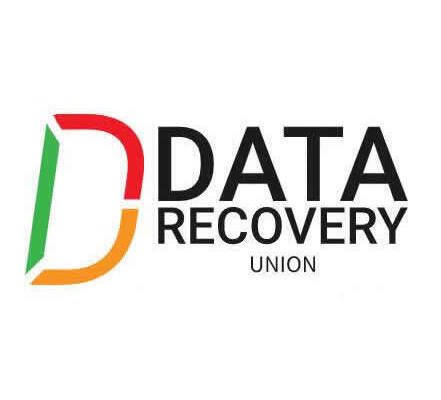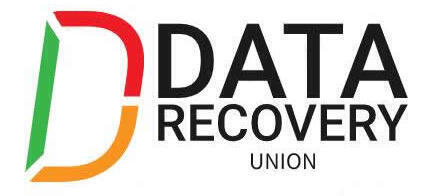
Avoiding storage system failures
There are many ways to reduce or eliminate the impact of storage system failures. You may not be able to prevent a disaster from happening, but you may be able to minimize the disruption of service to your clients.
There are many ways to add redundancy to primary storage systems. Some of the options can be quite costly and only large business organizations can afford the investment. These options include duplicate storage systems or identical servers, known as ‘mirror sites’. Additionally, elaborate backup processes or file-system ‘snapshots’ that always have a checkpoint to restore to, provide another level of data protection.
Experience has shown there are usually multiple or rolling failures that happen when an organization has a data disaster. Therefore, to rely on just one restoration protocol is shortsighted. A successful storage organization will have multiple layers of restoration pathways.
We has heard thousands of IT horror stories of initial storage failures turning into complete data calamities. In an effort to bring back a system, some choices can permanently corrupt the data. Here are several risk mitigation policies that storage administrators can adopt that will help minimize data loss when a disaster happens:
• Offline storage system: Avoid forcing an array or drive back on-line. There is usually a valid reason for a controller card to disable a drive or array, forcing an array back on-line may expose the volume to file system corruption.
• Rebuilding a failed drive: When rebuilding a single failed drive, it is import to allow the controller card to finish the process. If a second drive fails or go off-line during this process, stop and get professional data recovery services involved. During a rebuild, replacing a second failed drive will change the data on the other drives.
• Storage system architecture: Plan the storage system’s configuration carefully. We have seen many cases with multiple configurations used on a single storage array. For example, three RAID 5 arrays (each holding six drives) are striped in a RAID 0 configuration and then spanned. Keep a simple storage configuration and document each aspect of it.
• During an outage: If the problem escalates up to the OEM technical support, always ask “Is the data integrity at risk?” or, “Will this damage my data in any way?” If the technician says that there may be a risk to the data, stop and get professional data recovery services involved.

